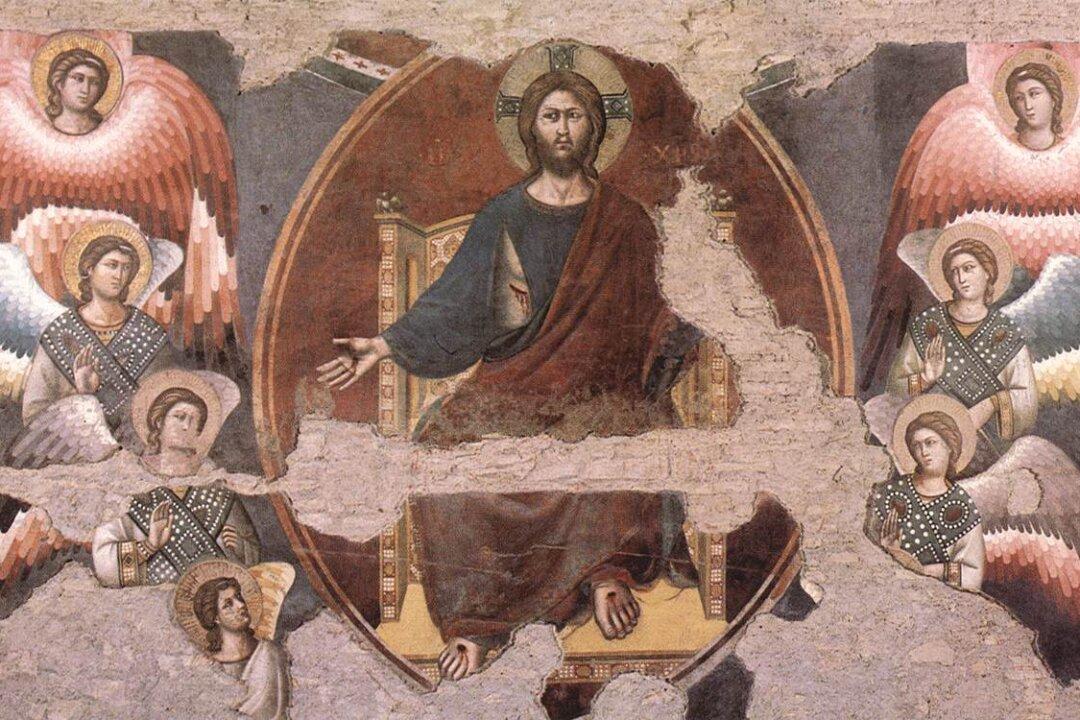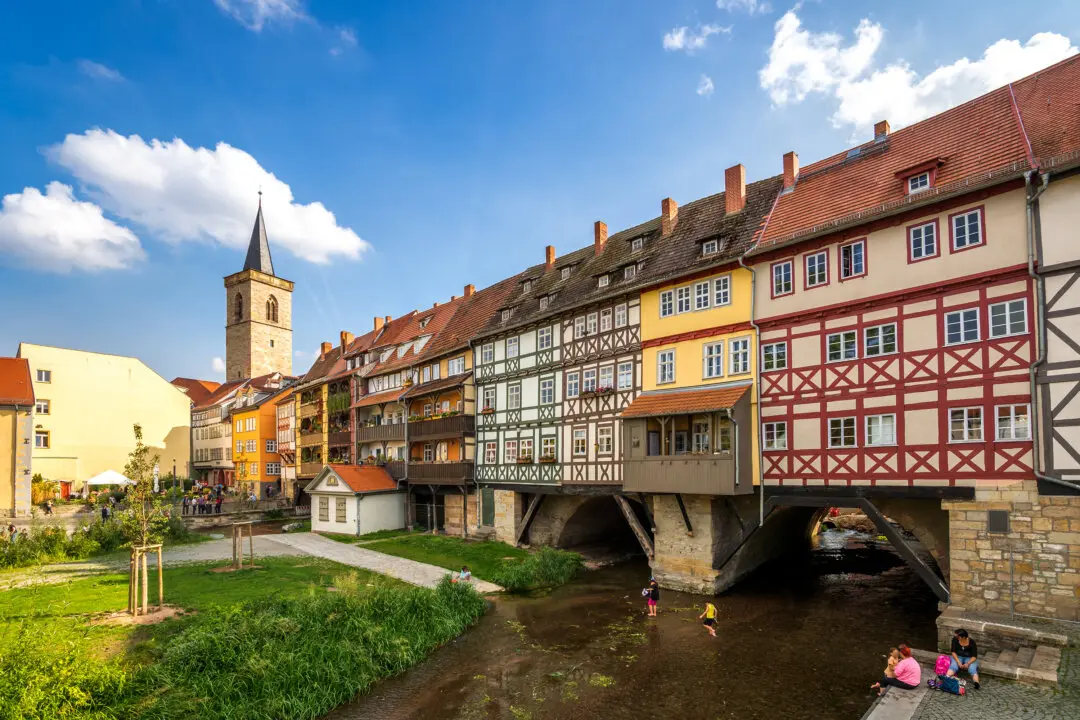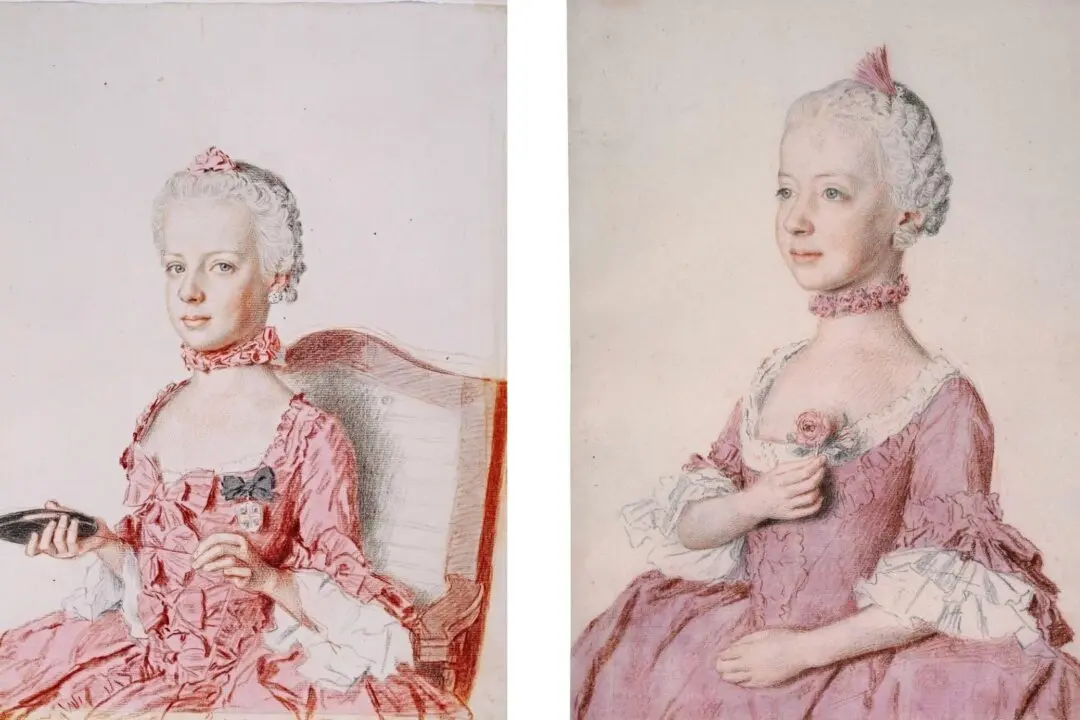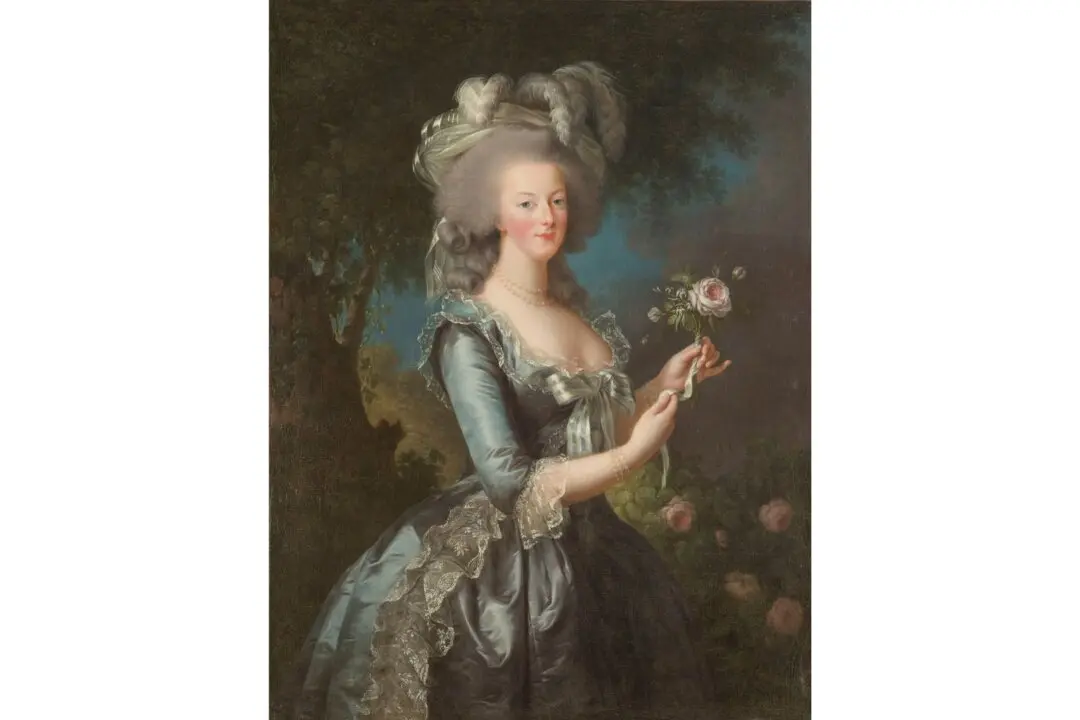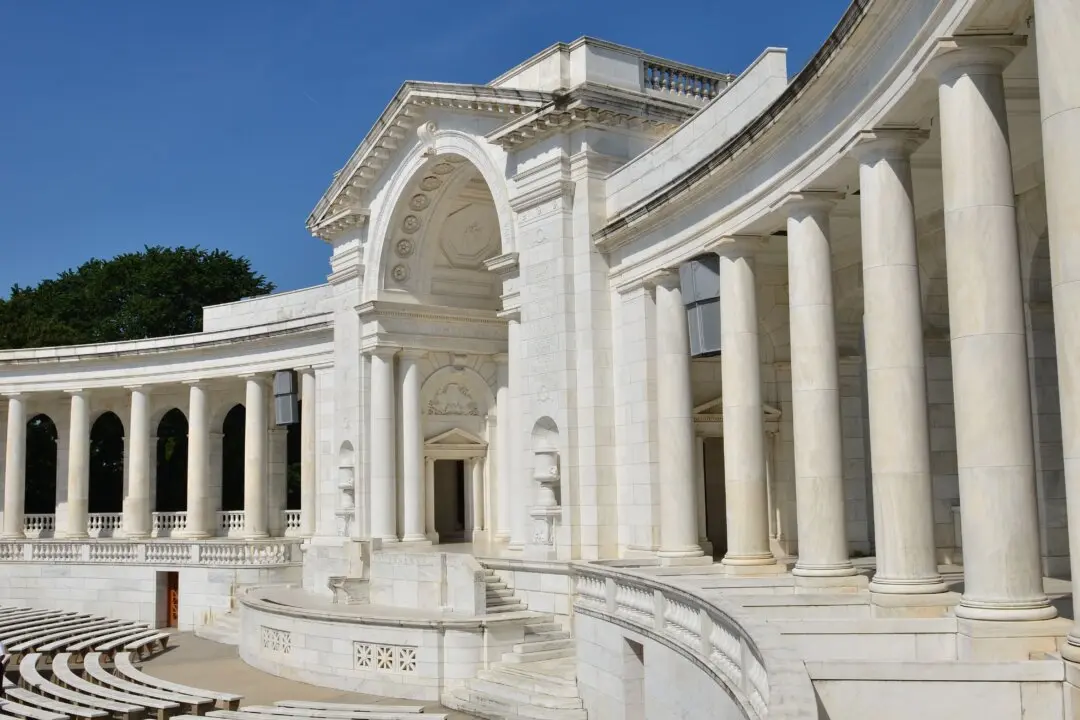If you’ve never heard of Pietro Cavallini (circa 1250–circa 1330), you’re not alone. Yet, in his day, Cavallini was an important and prolific Roman fresco painter and mosaicist who greatly influenced his contemporary, the Florentine Giotto di Bondone (1266/67 or 1276–1337). Giotto’s work is largely known and seen as an important influence for Early Renaissance artists.
In the 13th and 14th centuries, mosaics reigned, and frescoes were considered the poor man’s mosaic. Excellent examples of Cavallini’s mosaics can be seen in St. Mary in Trastevere, Rome, all illustrating the Virgin and just how much the artist was influenced by the classical designs that he “restored” earlier in his career.

